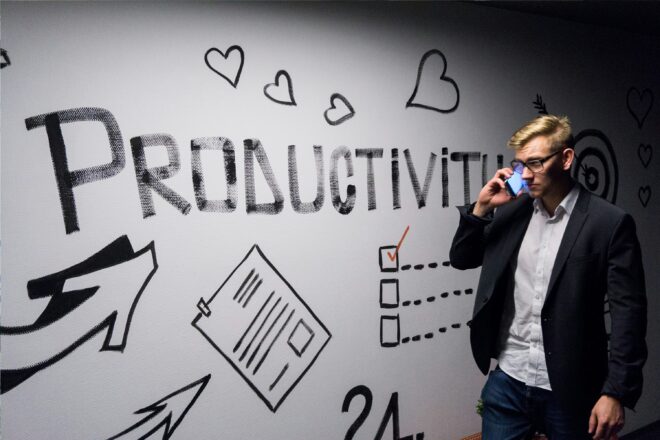
12th September 2023
State of the Workforce: A Spotlight on Employee Engagement

Author: Rob Catalano, Chief Engagement Officer, WorkTango
Employee engagement is a hot topic right now. And rightfully so. One Gallup report shows we’re experiencing the lowest ratio of engaged to actively disengaged U.S. employees since 2013. With engagement at a historic low, employers are asking the burning question: why is this happening?
The state of employee engagement today
To really understand how employee engagement has been impacted, it’s important to look back a few years. These last few years have been a rocky ride — for employers and employees alike.
Starting in early 2020, employees faced a rollercoaster of changes — from office shutdowns to isolated remote environments to a return back to a very different office. Then in 2021, 47 million employees left their jobs in search of better opportunities. However, the mass exodus stalled in 2022 as economic uncertainty drove many to choose the stability of their current jobs over branching out to something new. And in 2023, “resignations en masse” were replaced by layoffs due to economic conditions.
To better understand how employee engagement has changed in 2022 and 2023, WorkTango partnered with HR.com on a research study in which we asked 275 HR professionals to rate employee engagement at their organization.
Here’s what we discovered:
- Only 1 in 10 of the organizations we surveyed said more than 80% of their workforce is highly engaged.
- 41% of respondents say employee engagement has declined over the past year, while 27% say it has increased.
- Only 11% say that the majority (81% to 100%) of their workforce is well engaged.
- Nearly three-fourths say only 60% or fewer of their employees are highly engaged.
The 5 driving factors behind employee engagement
Our research confirmed that employee engagement is indeed down overall. But encouragingly, it also surfaced five key factors that have an outsized influence on employee engagement. In other words, when the following five factors are prioritized within the workforce, employee engagement goes up.
- 48% of our survey respondents said that opportunities for career growth help to keep employees engaged
- 48% said organizational culture plays a key role in employee engagement
- 48% mentioned relationships with an immediate supervisor as boosting employee engagement
- 47% cited job flexibility as positively impacting employee engagement
- 44% mentioned compensation and benefits as playing into engagement

Offering great compensation packages and hybrid work opportunities is certainly a start when it comes to improving employee satisfaction. But that alone won’t boost employee engagement.
According to our survey, organizations with high levels of engagement are almost 4X more likely to maintain a positive work culture compared to organizations with low levels of engagement.
And with “organizational culture” topping our list as a must-have for employee engagement, we know a positive work culture is important.
But what other concrete actions can employers take to create a culture that thrives?
How to use technology to improve the employee experience
A modern solution exists that does solve for all five of the factors HR professionals believe are directly tied to employee engagement: 1) opportunities for career growth, 2) organizational culture, 3) relationship with immediate supervisor, 4) job flexibility, and 5) compensation and benefits.
Organizations must create an employee experience where people are regularly consulted about their needs — and then offered effective solutions in response. And while there are many different ways to create a positive employee experience, one of the quickest and most economical is through an employee experience platform.
A comprehensive, modern employee experience platform should include the following capabilities:
- Recognition and rewards capabilities, where employees are noticed and praised publicly by peers, executives and managers for a job well done. Some platforms also include tangible rewards such as gift cards, experiences, or extra time off. Wellness, learning and professional development, and employee incentives are just a few additional valuable components that can strengthen recognition and rewards software.
- Active listening / survey capabilities that contain employee polling, pulse surveys, and engagement benchmarks to help organizations gather employee feedback and input, and then identify where changes need to be made to improve employee engagement.
Evaluating and then implementing an employee experience / engagement platform will help any organization create a place where their employees love to work, and where engagement is high. It may take a few months to get things rolling, but once a platform is launched and employees are onboarded, new connections between employees will form and morale and engagement will soar.
So yes – employee engagement may be down today compared to historical levels. However, by taking advantage of the modern tools and technologies now available, every employer still has the capability to turn employee engagement at their company around.
Here at WorkTango, we’re revolutionizing how the world’s most forward-thinking companies engage and inspire their people. We offer the only holistic Employee Experience Platform built for the modern workplace that enables meaningful recognition and rewards, offers actionable insights through employee surveys, and supports alignment through goal setting and feedback.
So if this article caught your interest, and you’d like to learn more about WorkTango, please visit worktango.com to learn more, or schedule a demo.





